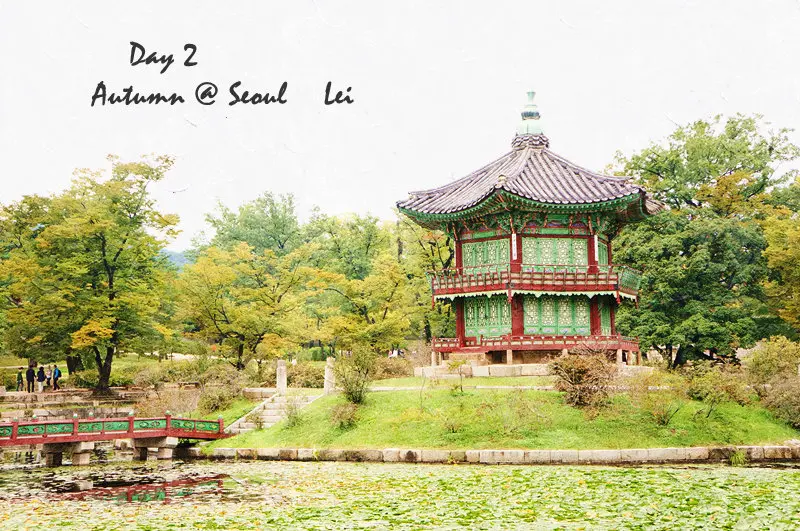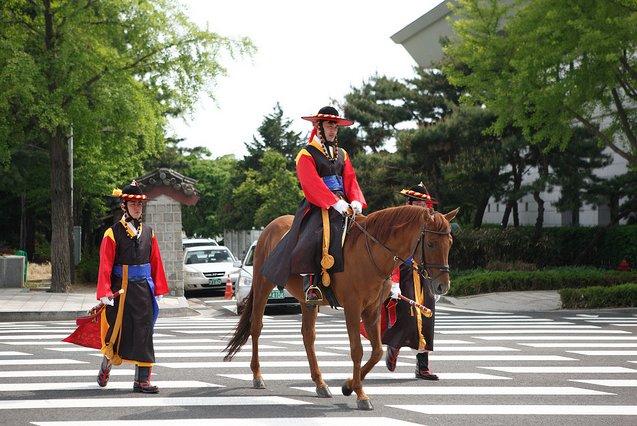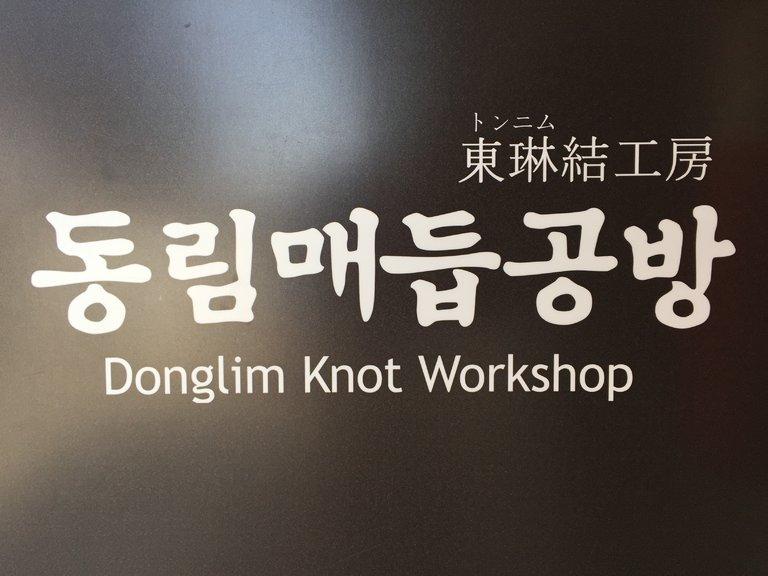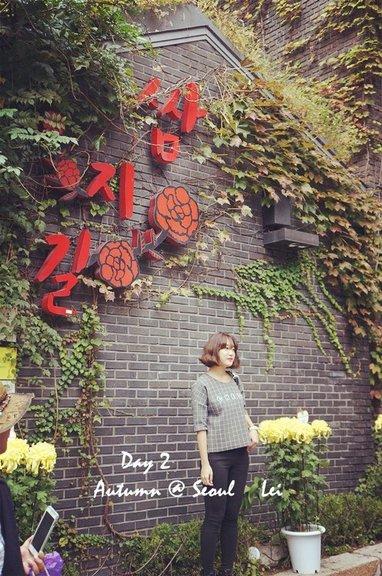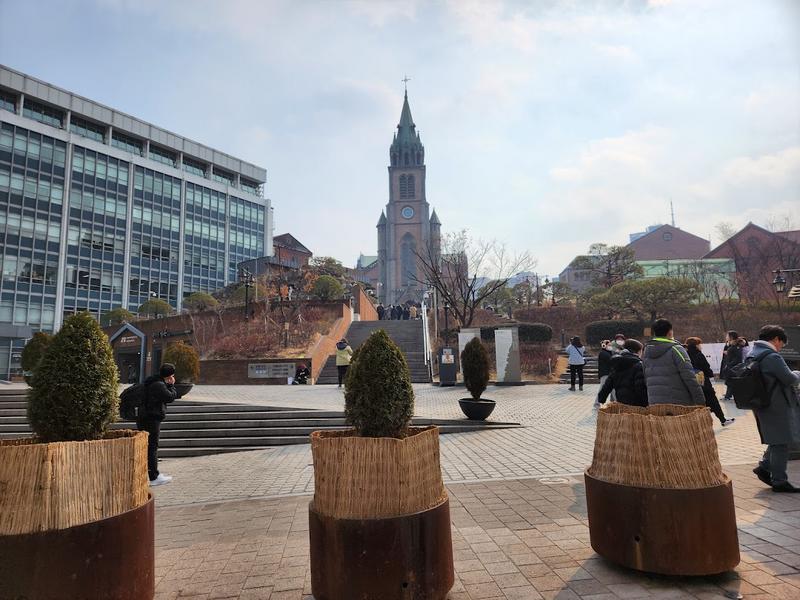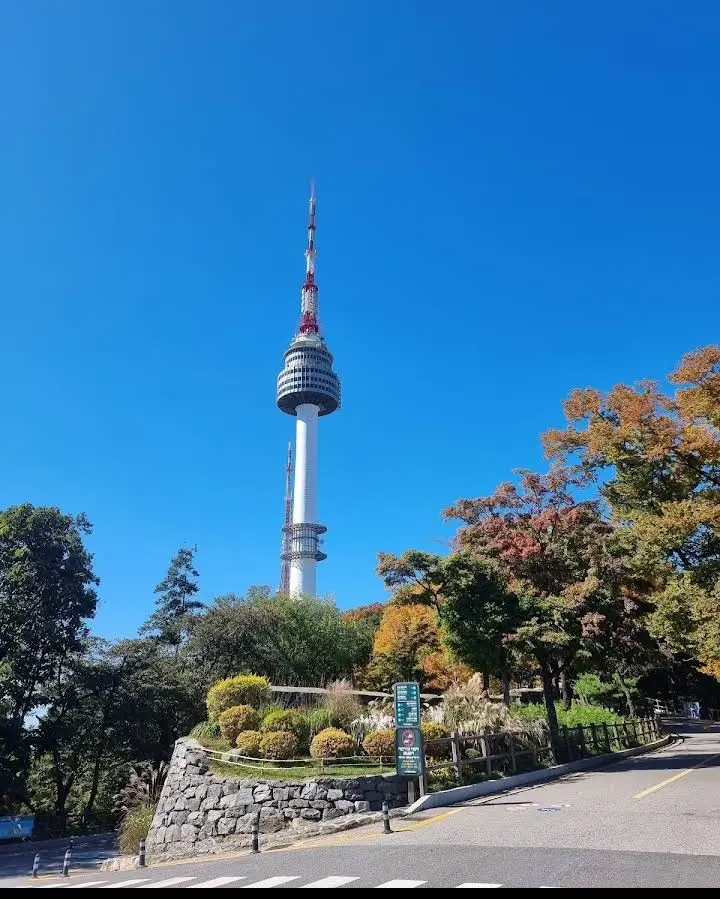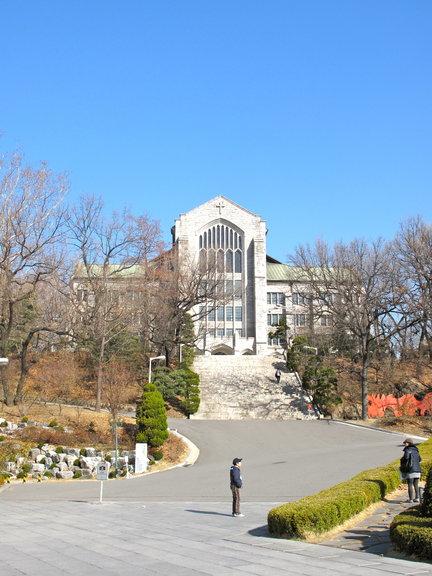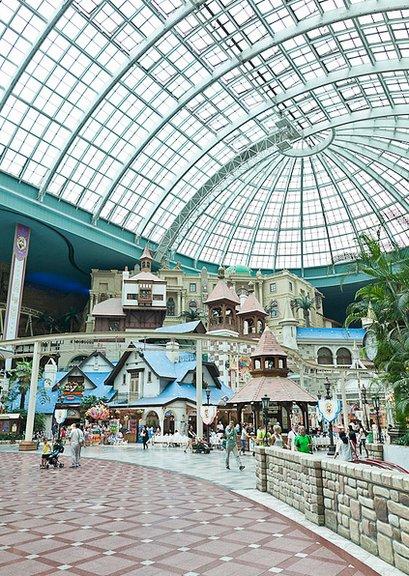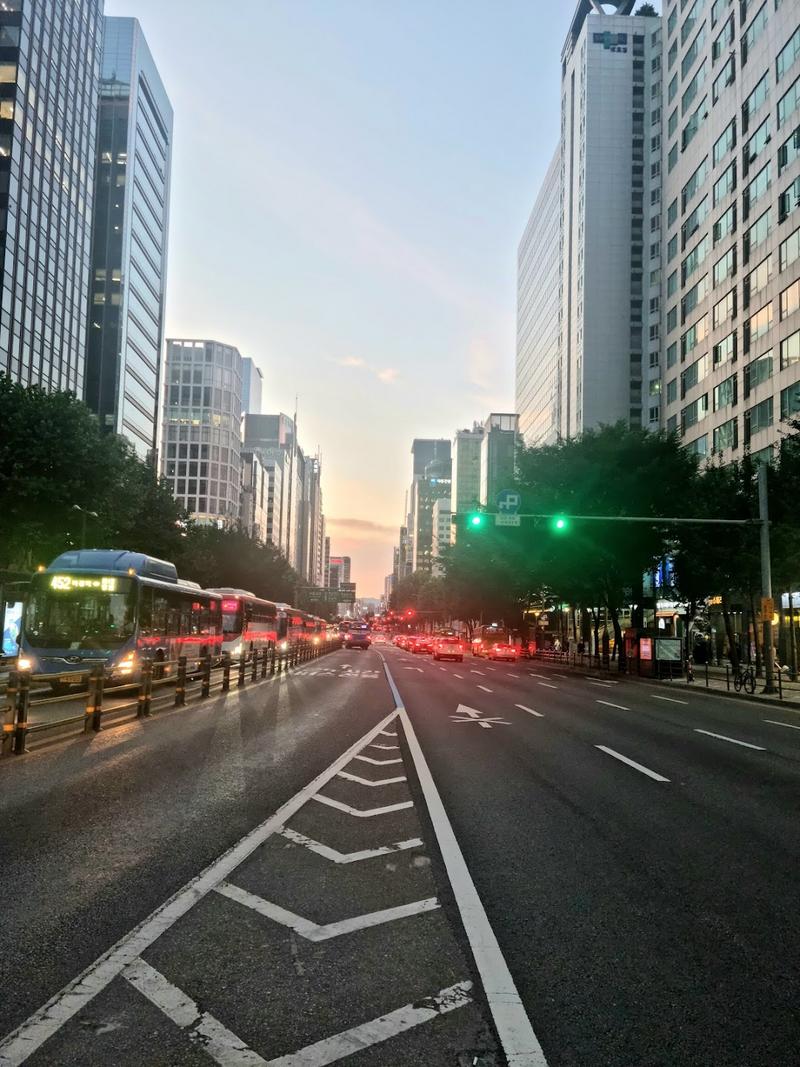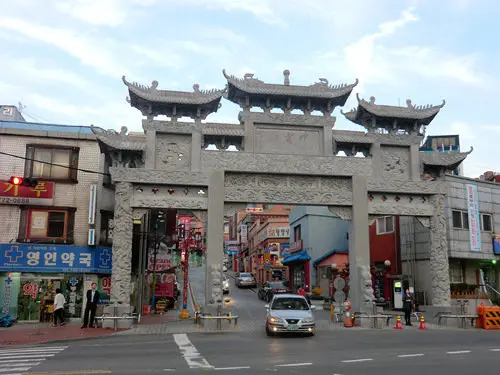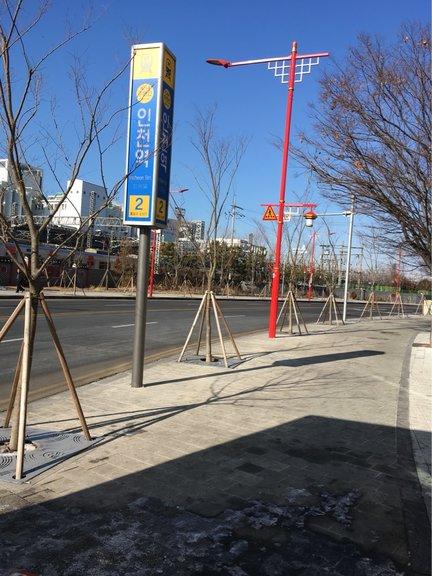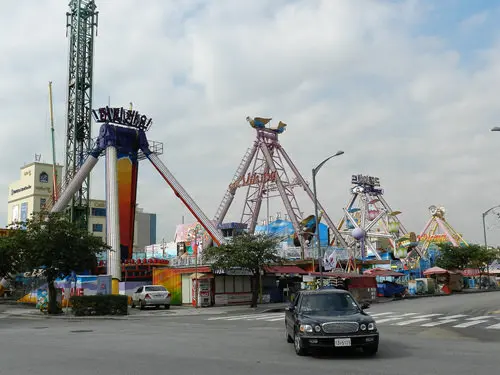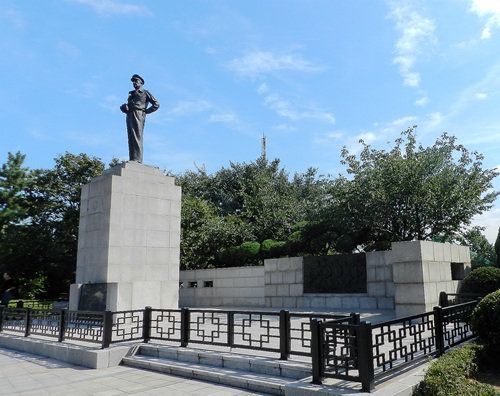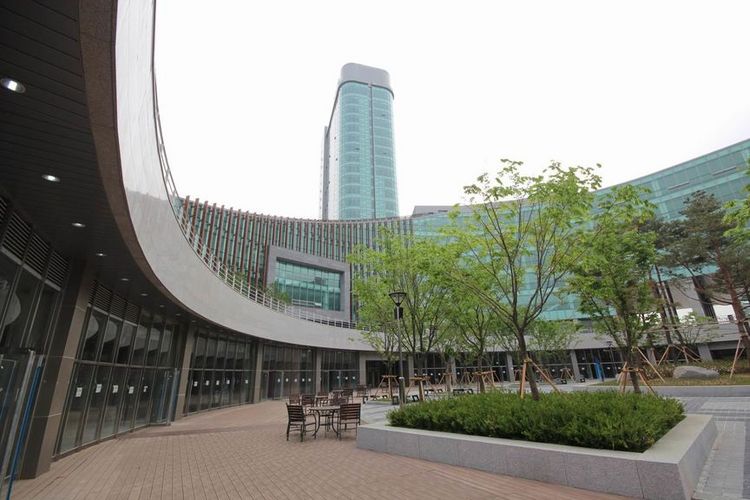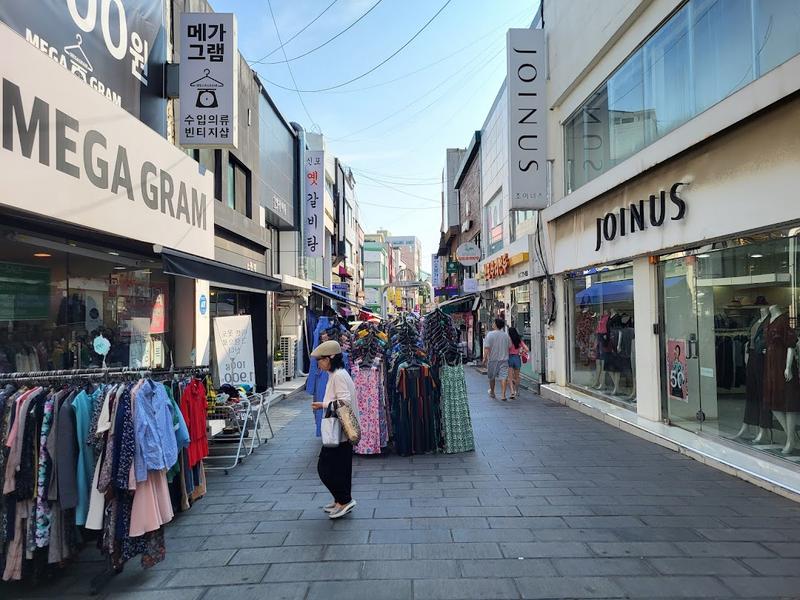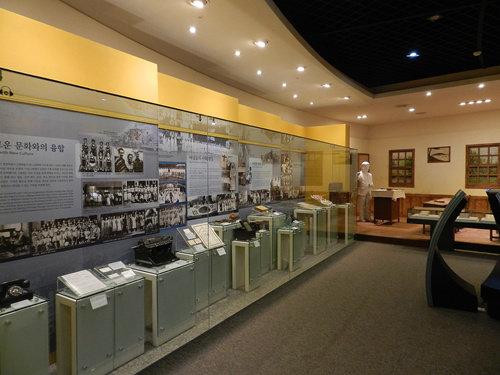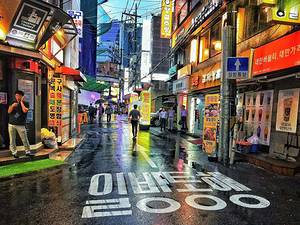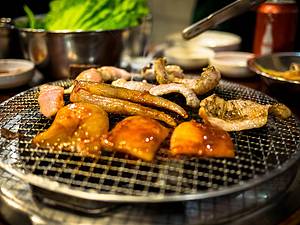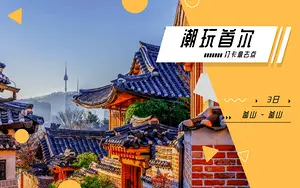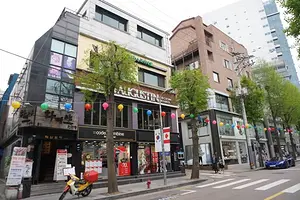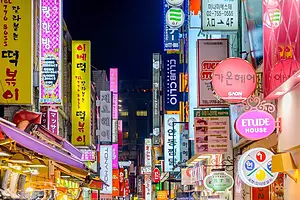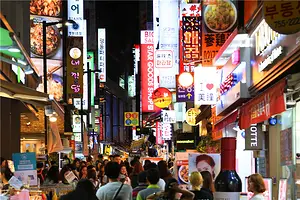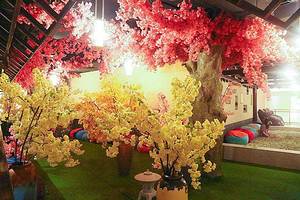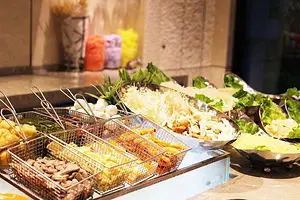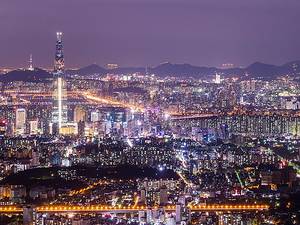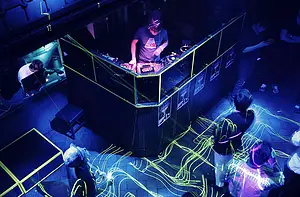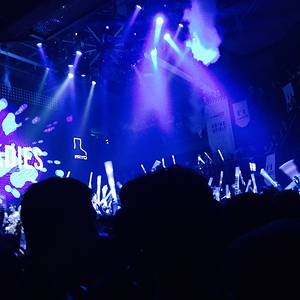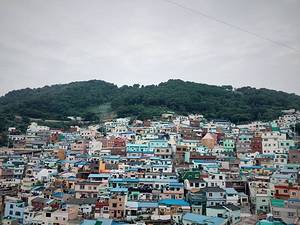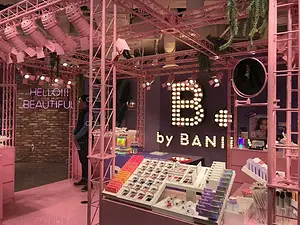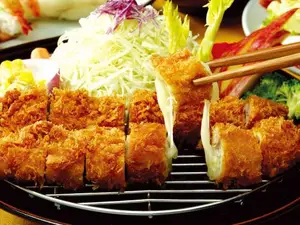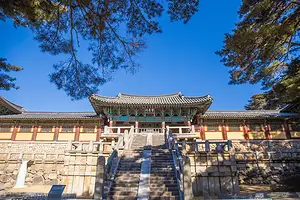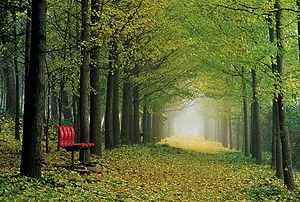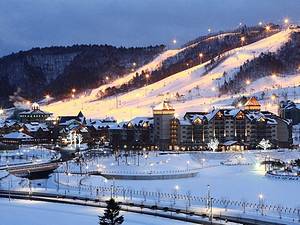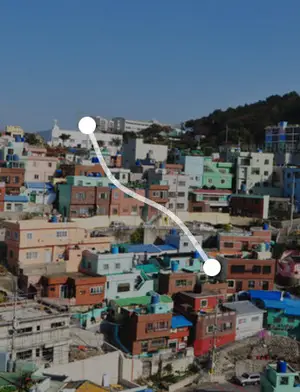Seoul Incheon 6 Days Tour - The Beauty of Korea
2 cities |
23 attraction(s) |
total distance 118
km
 TIPS
TIPS
Day1
Day2
Day3
Day4
Day5
Day6
Day1: Seoul
4 attraction(s) ·
3 km
1
Gyeongbokgung Palace is the first palace built in the early days of the Joseon Dynasty, with a history of 600 years. It was once a grand palace and now showcases delicate beauty. Gyeongbokgung Palace is the largest of the Five Grand Palaces and features unique architecture such as Geunjeongjeon Hall and Gyeonghoeru Pavilion. In addition, there are the National Palace Museum and the National Folk Museum where visitors can explore and experience. Gyeongbokgung Palace is open to the public and there is a ticket office at the entrance of Gwanghwamun. Visitors can also watch the Changing of the Guard ceremony and take photos with the guards, immersing themselves in Korean classical culture.
The name Gyeongbokgung means "great blessings and prospering the nation," reflecting the early aspirations of the Joseon Dynasty. It was completed in 1395 and at its peak had over 390 buildings. During the Japanese invasion in the late 16th century, Gyeongbokgung Palace was burned down and remained abandoned for 273 years. It was restored during the reign of King Gojong but suffered significant damage during the Japanese colonial period, with some buildings demolished and replaced by the Government-General Building. After Korea's independence, Gyeongbokgung Palace gradually underwent restoration, with the completion of the restoration project of Gwanghwamun Gate in 2010. There are also guided tours available in Chinese, departing from the inside of the Geunjeongmun Gate at four designated times.
1
km
2
Blue House, the presidential office and political center of South Korea, gets its name from its unique blue tiled roof. Located in a beautiful area, Blue House is highly regarded among foreign tourists. To visit Blue House, one must apply in advance on the website and once approved, visitors must follow the staff's instructions. Photography is only allowed in designated areas and visitors are not allowed to bring food or record videos. Additionally, foreign tourists must carry their passports when visiting Blue House.
2
km
3
Bukchon Hanok Village is one of the most representative places to experience traditional Korean residential culture. Here, you can feel the authentic living atmosphere as it is a residential area. Therefore, when you visit here as a tourist, please keep quiet so as not to disturb their daily lives. Of course, taking photos here is also an excellent choice. If you want to find the eight major attractions of Bukchon and take beautiful pictures, don't worry about getting lost because there are ground signs to guide you to the best shooting spots. The services here are very thoughtful and convenient for tourists.
1
km
4
Insa-dong, like Shanghai's Tianzifang, is just a step away from Gyeongbokgung Palace. Although its area is not large, with only one main street and a few perpendicular alleys, it was once the residential area of the Joseon Dynasty's noble class. Today, Insa-dong is home to numerous art galleries, museums, and specialty shops. Walking on the stone-paved Insa-dong Street, history is solidified with every brick and tile underfoot, and you can experience the coexistence of classical and avant-garde Korean culture. Here, you can find a Starbucks with a Korean signboard, the most distinctive Korean souvenir store in Seoul, and traditional Korean tea shops, which are treasures of this place. It is definitely an unforgettable experience to have a cup of traditional Korean tea, taste various traditional snacks, and sit in a traditional tea house to feel the lovely atmosphere here. Moreover, you can find some Korean souvenirs that are not available elsewhere! Even locals may not be familiar with the objects in Insa-dong, but the movie "The Scandalous Lady W" by Jang Lee-yeong has added a touch of mystery and interest to this place, which is definitely worth a visit.
Day2: Seoul
4 attraction(s) ·
10 km
1
Many high-end international stores & restaurants draw crowds to this bustling retail district.
2
km
2
Opened in 1980, this iconic tower offers panoramic views of the city & a revolving restaurant.
3
km
4
Ewha Womans University is one of the world-famous women's universities, attracting many foreign tourists with its beautiful campus and charming Ewha girls. The scenery here is colorful, with enchanting maple leaves in autumn and blooming cherry blossoms in spring. The entire campus is surrounded by greenery, with ancient teaching buildings coexisting harmoniously with trees, giving people a lively and beautiful feeling. There are many stone school buildings like those in fairy tales, quiet little gardens, campus avenues lined with ginkgo trees, and beautiful and captivating faces, making it hard for people to leave. The whole campus is filled with a faint romantic and aesthetic atmosphere, and a moment's stay here will be refreshing. The school also arranges campus tours led by students, and there are many unique shops and restaurants nearby, making it a great place for a leisurely stroll and to experience campus life.
Day3: Seoul
4 attraction(s) ·
12 km
1
Lotte Group built "Lotte World" complex next to the Jamsil Sports Complex to accommodate the 1988 Seoul Olympics. It includes a theme park, cultural museum, department stores, duty-free shops, a five-star hotel, a supermarket, and a Hallyu (Korean Wave) destination. Visitors can find products from all Lotte department stores and duty-free shops here. Lotte World has indoor and outdoor theme parks with a mysterious theme similar to Disneyland. There are daily parade performances that are popular among foreign tourists. Visitors need to adjust their schedule as there are often long queues at the amusement park. It is more suitable to visit on weekdays when it is less crowded. Additionally, Lotte Mart is a large supermarket worth visiting, with a wide range of products and affordable prices. Snacks and Korean cuisine ingredients are great gifts and purchases. Lotte World Starlight Avenue is a must-visit spot for Hallyu fans, with many giant lightboxes and limited edition merchandise of celebrities on display. Admission is free with a Lotte World ticket and a receipt from the Lotte duty-free shop. It is recommended to visit this attraction last when visiting Lotte World.
7
km
Day4: Incheon
4 attraction(s) ·
5 km
2
Songyue Cave Fairy Tale Village is a transformed ordinary residential area that now resembles a dreamy amusement park, filled with an atmosphere of fantasy and fairy tales. The village was originally built for foreigners to live in, but it was later neglected. Until it became a fairy tale village, it regained people's attention and welcome. In the village, the walls and corners are not just painted with simple murals, but also decorated with three-dimensional small villages, houses, characters, and more, which fills children with infinite imagination. At the entrance of the village, there is a map that showcases the themes of many world-famous fairy tales, such as the Yellow Brick Road of Dorothy from The Wizard of Oz, the path of Little Red Riding Hood, the path of the Arctic Kingdom, the path of the Castle Nation, the path of the Ocean Kingdom, the path of Traditional Fairy Tales, the path of Mystery, the path of Holland, the path of European cities, and the path of the Animal World, etc. Most of these themes are familiar fairy tales to people, so tourists can occasionally reminisce about the happy childhood memories while strolling through the village.
2
km
3
월미도
Moon's End Island is a popular tourist destination known for its entertainment and food. Visitors can come to Moon's End Culture Street to feel the sea breeze and enjoy the amusement facilities at Moon's End Theme Park; or they can explore the coastline to find sushi restaurants and scenic cafes, which are popular places for weekend outings. Moon's End Culture Street has become an iconic location representing Moon's End Island, as it is vibrant and filled with an atmosphere of entertainment.
3
km
4
자유공원
Located in Incheon, South Korea, Freedom Park was originally called Universal Park and later renamed West Park by the Japanese army, with East Park being used as a Shinto shrine. On October 3, 1957, a bronze statue of General Douglas MacArthur was erected here to commemorate his command of the Incheon Landing. Since then, the park has been renamed Freedom Park. Visitors can enjoy the natural beauty of Incheon and the surrounding mountains and sea views while in the park.
Day5: Incheon
4 attraction(s) ·
15 km
1
Hilltop memorial & exhibition hall with photos & models commemorating a crucial Korean War battle.
4
km
2
Songdao Central Park occupies a central location with an area of over 410,000 square meters, similar to Central Park in New York. It is a huge recreational area. The park is home to many themed parks, with the most popular being the artificial "seawater lake," which is formed by introducing seawater and surrounded by pleasant scenery. Water taxi experiences are also available near the park.
1
km
3
Ultra-modern skyscraper home to offices, eateries & an observation floor with city panoramas.
11
km
4
In 1979, Incheon University was established. In 2009, the South Korean government approved its transformation into a national university. Today, it is the only national comprehensive university in the Songdo International Business District and the second national comprehensive university in the Seoul metropolitan area. As a "Capital Region Characterization Project University" supported by the Ministry of Education and a "Brain Korea 21 Project University" (corresponding to China's 211 Project), Incheon University has been responsible for strategic research projects in the Seoul metropolitan area. In 1997, it established the College of Northeast Asian Economy and Trade and was recognized as the "Excellent National Policy University" in the university specialization project and international professional talent cultivation field implemented by the Ministry of Education, making significant contributions to implementing national and regional policies.
Day6: Incheon
3 attraction(s) ·
4 km
2
Busy, open-air marketplace featuring stalls with prepared foods, clothing, produce, meats & gifts.
3
km
3
한국이민사박물관
The Korean Immigration Museum has collected about 100 years of Korean immigration history, starting with records of the first official immigration in 1902. The museum also displays early immigration-related materials such as passports issued at that time and welcomes visitors for free.
